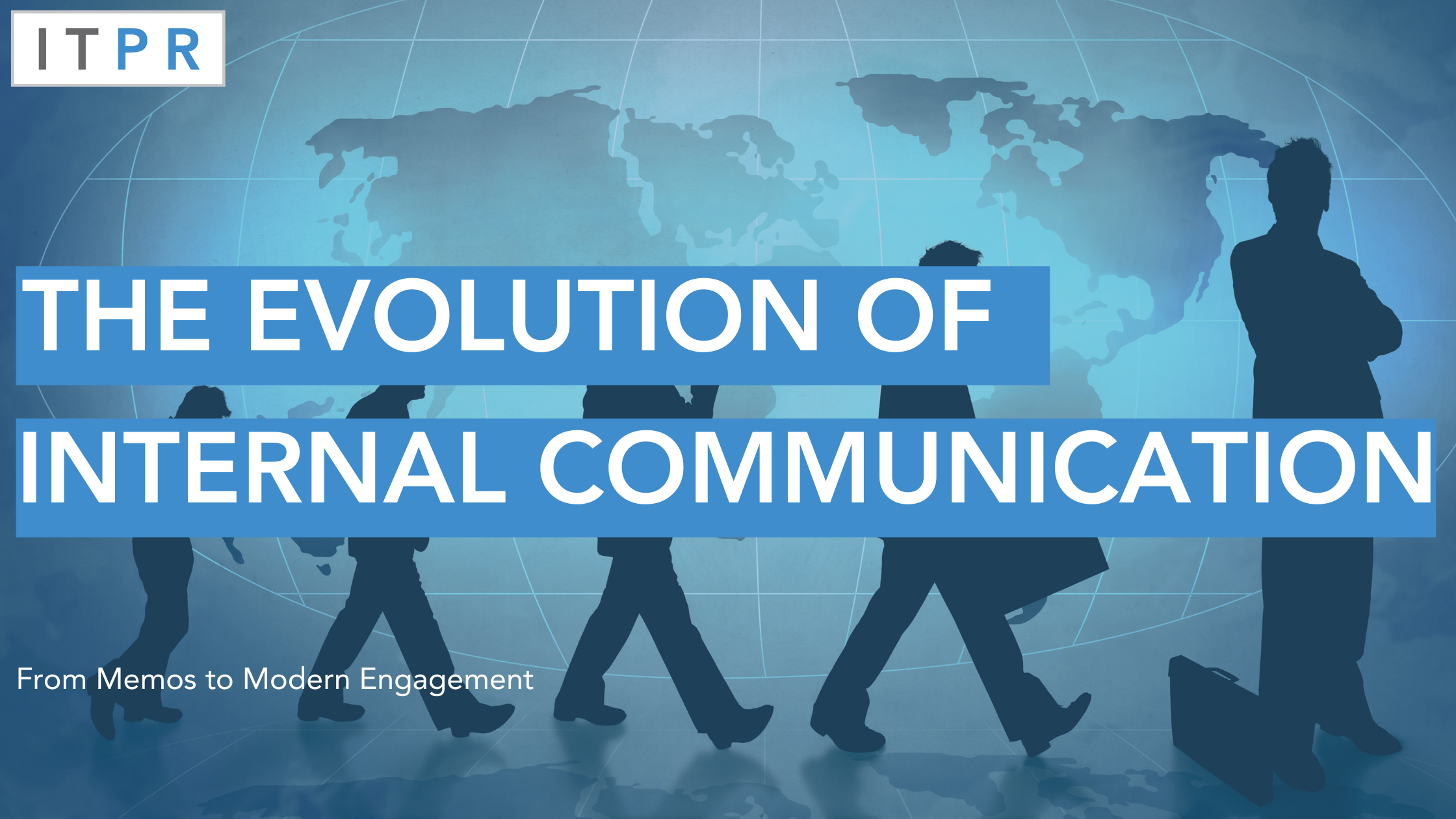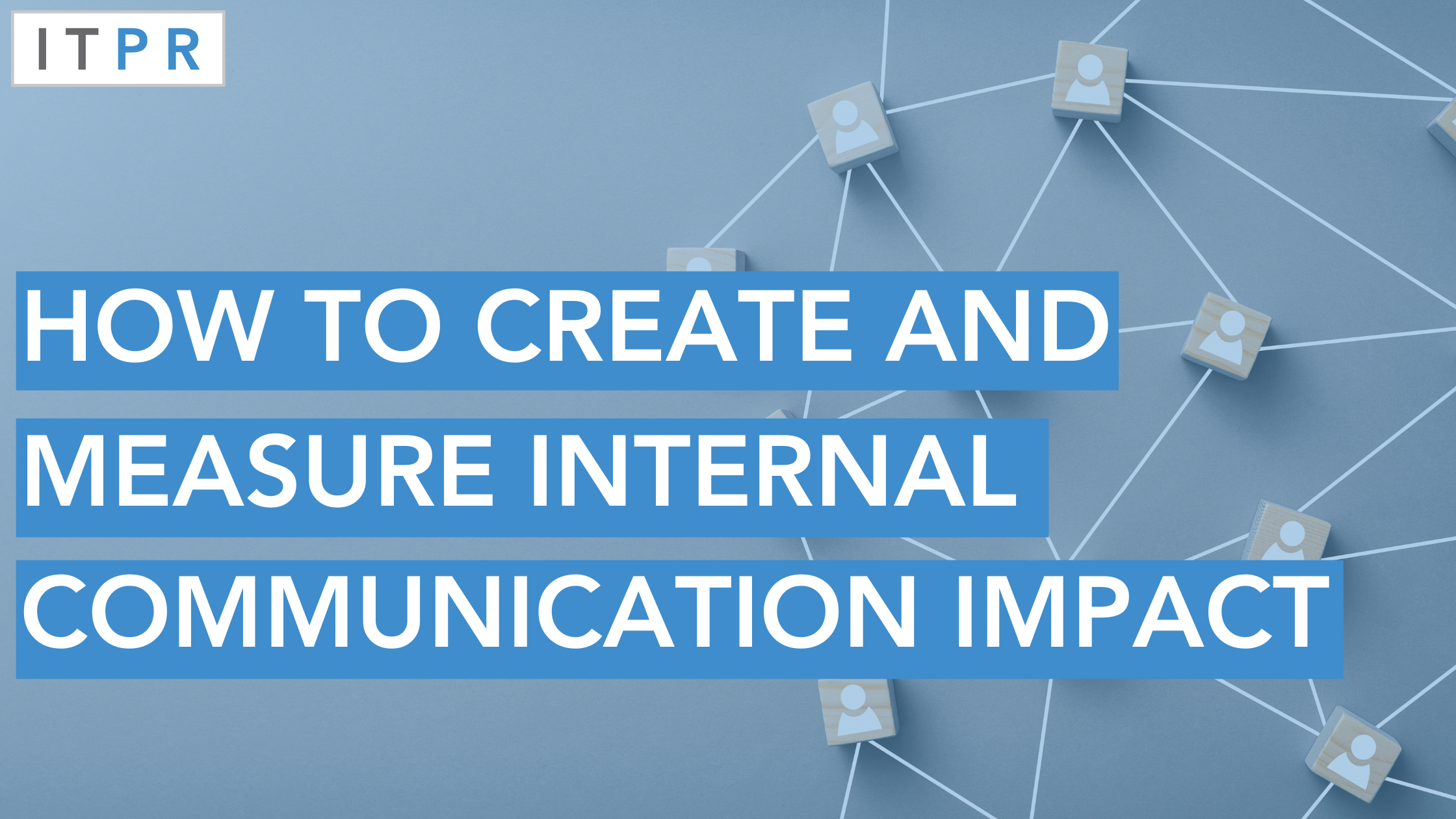The Evolution of Internal Communication: From Memos to Modern Engagement
The Journey of Internal Communication: Connecting Workforces Through Time {% video_player "embed_player" overrideable=False, type='hsvideo2',...

Not all Internal Communication is created equal.
Poor Internal Communication, however well intentioned, which took time and effort to create and send out - may actually be inadvertently causing friction, frustration, and confusion.
Imagine the situation. There is a new CEO starting and the in-house Marketing team has agreed the key messages with the Board. The announcement is written, signed off and the communication channels have been selected…off it goes!
Then you find out that the staff already know, as they’ve been briefed by their managers, who received the memo from the HR team the day before to brief their teams.
What’s gone wrong? Well, aside from an obvious lack of Internal Communication planning, there is a clear lack of strategic thinking applied to message control.
This will inevitably lead to employees having a good laugh at your expense and thinking the left hand doesn’t know what the right hand is doing. It duplicates effort, undermines the teams involved in issuing the communication and can confuse employees.
All of this directly impacts the organisation’s bottom line, as it distracts from everybody pulling together in their pursuit of the same business objective.
With Internal Communication, there is no one size fits all solution. There is no silver bullet approach that works for every organisation.
Every organisation has its own unique structure, with individual culture, goals, mission, vision, values and strategic objectives. This means that organisations must have a bespoke Internal Communication strategy, which caters for organisational needs - aligning with the strategic plan.
However, as much as individuality is essential, there are pitfalls which all organisations should avoid.
A fundamental error organisations make is to not consider Internal Communication an essential business practice, associating it with simply churning out messages, such as the latest events, organisational developments and new starters - as and when required.
There is so much more to Internal Communication than simply issuing information as and when it becomes available, across whichever channels are available at the time.
Without a strategy, Internal Communication becomes more of a burden, than an essential organisational tool. If messaging is sporadic and lacking consistency and internal channels of communication are not updated regularly, employee engagement levels are likely to drop - resulting in employees becoming disconnected from the organisation.
An effective Internal Communication strategy is a fundamental tool in times of organisational change, or crisis when the messages circulating internally have to match what employees are reading in external media.
Moreover, a strategy will consider the organisation's objectives, which can be measured and help to show an ROI for Internal Communication effort.
If organisations fail to measure what is working and what isn’t, they are at significant risk of their Internal Communication efforts drifting so far off message, that they lose all purpose and they become more of a hindrance than a strategic solution.
It is essential to have access to accurate data, so that organisations can review and track engagement levels. Without measures in place, organisations are effectively working blind. If Internal Communication activity is not measured, how can organisations know if their messaging is working? Or if their chosen channels are even delivering the message to the right audiences?
Only with regular reporting can organisations act on the data they are seeing and put appropriate measures in place to correct them, and/or improve engagement.
However, organisations must be honest and realistic in their data analysis.
Many traditional Internal Communication channels do not stack up to being interrogated for meaningful data, such as company-wide emails and legacy intranets, which are often simply not trackable.
There are, however, channels which are well suited to interrogation. The latest digital channels (i.e. modern intranets, Slack, Teams, Facebook Workplace) allow organisations to run their entire Internal Communication function from within them. When used correctly, digital channels are able to monitor and improve engagement levels.
If an organisation selects the most appropriate digital Internal Communication tools, they will be able to utilise real-time dashboards to gain a holistic view of team and overall engagement performance.
Coming full circle to the example laid out at the start of this blog - with no control over Internal Communication, organisations run the risk of entering into a world akin to Mad Max, when anything goes - all to the detriment of the organisation.
Whilst priming appropriate managers to deliver important organisational information to employees may appear to be a convenient and effective way of issuing important internal messages, it often complicates matters, with little consistency over the timing and actual messaging.
Employees will receive the manager’s interpretation, which may be slightly inaccurate. In addition, managers may not be able to answer the inevitable follow up questions, meaning that employees will be left wondering and discussing potential scenarios at the local level, which may increase uncertainty and negatively impact engagement.
By having a joined-up communication process, which aims to communicate directly with every single employee, an organisation can be sure that the original message has been delivered and employees have a chance for feedback, gaining the answers they may seek from a single source of truth.
This approach should be complemented by having a communication-savvy team of managers who have been briefed and who can capture feedback from their staff.
Although every organisation is unique, having different goals and requirements, there are commonalities and if organisations can avoid the pitfalls outlined above, they will have a head start on their journey to ensuring that every suitable method available to them is used to speak and listen to employees - helping to create shared understanding between the organisation and its employees.
If they have not done so already, organisations should be investing in the creation, delivery and analysis of an Internal Communication strategy.
Only by doing this can organisations ensure that best practice Internal Communication is delivered, which will motivate employees, at every level, to understand how their work contributes towards the delivery of the business objectives, its mission and vision.

The Journey of Internal Communication: Connecting Workforces Through Time {% video_player "embed_player" overrideable=False, type='hsvideo2',...

Best Practices for Effective Internal Comms in Your Organisation in 2025 As we look to the future of internal communications, one thing is clear: the...

How to Create and Measure Internal Communication Impact